Because nobody wants to be the person explaining why their campaign got zero conversions at the Monday morning meeting.
Running DSP campaigns can feel like trying to solve a Rubik's Cube blindfolded—while riding a unicycle. One wrong move and suddenly you're burning through budget faster than a teen with their parent's credit card in Brawl Stars. But it shouldn't be that way: the pros have been quietly perfecting their craft, and it's time you learned their secrets.
Let's look at the insider tricks that separate the campaign heroes from the zero-conversion villains.
1. The 2-4-24-hour rule: your campaign's golden window
Here's something some marketers get wrong: they launch a campaign on Friday afternoon and check back Monday morning. Chef's kiss to disaster campaign recipe.
The Pro Move: Monitor your campaigns religiously within the first 2-4-24 hours after launch. This isn't paranoia—it's strategic survival. Your CPA, CTR, and conversion rates will tell you everything you need to know about whether you're heading for glory or budget-burning shame.
Why this matters: DSP algorithms sometimes are like overeager interns—they need guidance early, or they'll spend your entire budget showing ads to people who have zero interest in your product. Catch problems early, and you can pivot before the damage is done.
Our Tip: Set up automated alerts for when your CPA exceeds your target by 50%. Your future self will thank you.
2. Psychographic Targeting: Go Beyond "Women 25-35"
Demographics are like judging a book by its cover—useful, but you're missing the whole story. The pros know that psychographics are where the magic happens.
Take the Coéga Sunwear: instead of just targeting "women who buy clothes," they used Eyeota to identify women specifically interested in sports and activewear.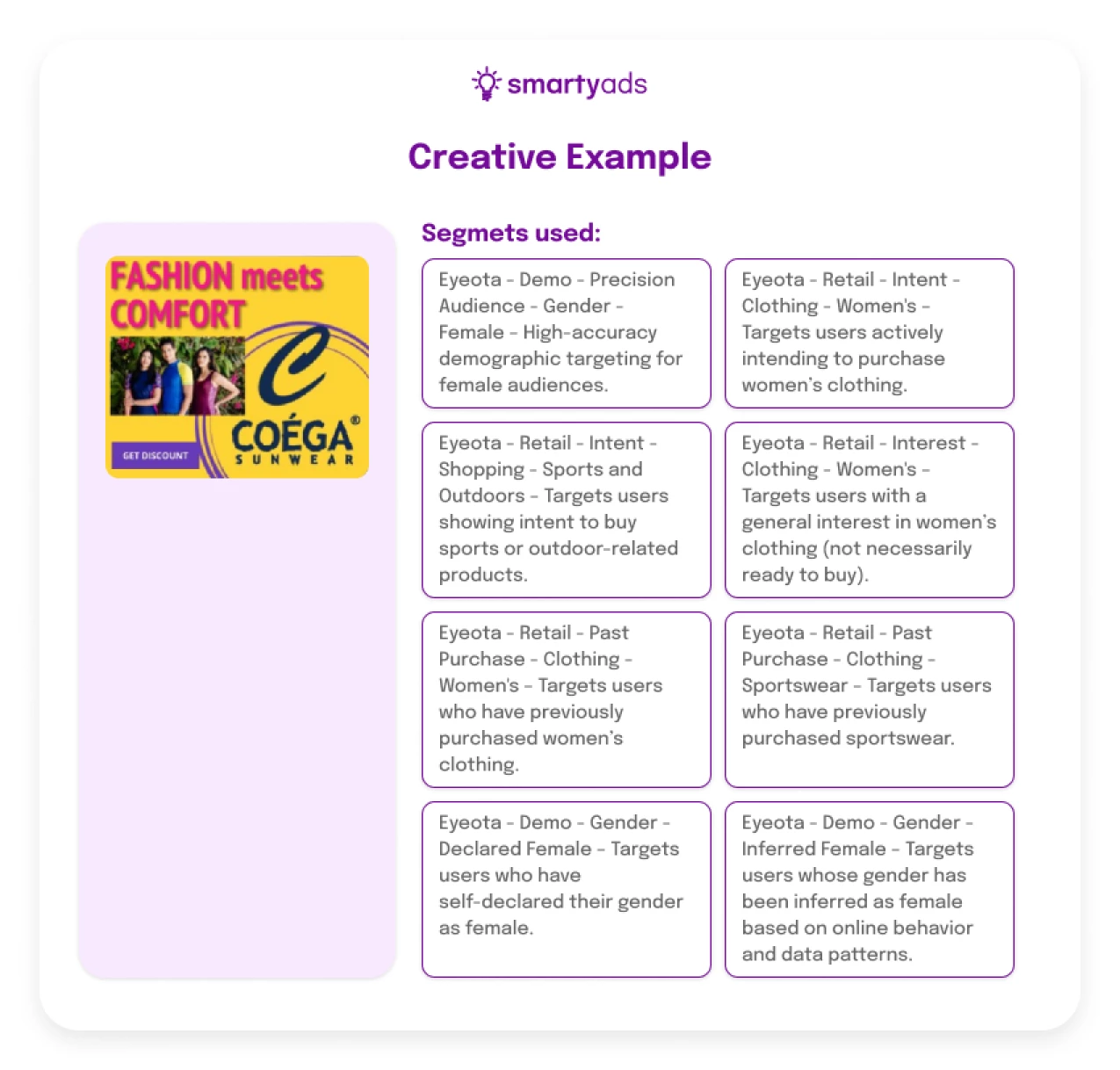
Result: 5% CTR that made their competitors weep into their performance reports.
Speaking of Eyeota — we've actually partnered with them to bring this level of targeting precision directly into our DSP. You can now access their global audience marketplace right from your campaign setup, no extra logins or integrations needed. Check out our partnership announcement for the full details, but basically you get access to audience data across dozens of verticals and can set up psychographic targeting in seconds, not hours.
Key Psychographic Data to Target:
- People who recently bought something in your category.
- Visitors to competitor websites or similar brands.
- Users engaging with content related to your market.
- An app activity that shows they might need your solution soon.
- Search habits that reveal when they’re ready to buy.
3. The "Why Should I Care?" Test
Before any creative goes live, run it through this brutal but necessary test: If someone saw this ad while scrolling through their phone at 11 PM in their pajamas, would they stop scrolling?
One of our clients launched a campaign that looked encouraging at first glance. It generated 180,000 impressions and over 200 clicks. But despite this activity, conversions remained at zero. The issue wasn’t visibility — it was the message. Their headline, “Try Our New Fitness App,” was straightforward but uninspiring. It highlighted the product, not the person. There was no urgency, no context, no emotional hook — more like reading a gym schedule than finding motivation to get healthier.
As a result, people noticed the ad, some even clicked, but no one felt driven to take the next step. Once the messaging shifted to “Lose the Morning Slump in Just 10 Minutes a Day,” it painted a relatable picture — like waking up drained before work and needing a quick, energizing solution. That spoke directly to a real user struggle, and that’s when engagement and conversions started to rise.
Now DSPs have made it easier than ever to experiment with visuals and create pretty good ads. Our Creative Builder lets you throw together different versions fast — swap out headlines, test new images, play with different hooks. Takes maybe 10 minutes to create five variations of the same ad. Then you can see which one actually makes people click instead of guessing.
Pro Creative Checklist:
- Does it solve a specific problem?
- Is there urgency or scarcity?
- What makes you different from the free alternative?
- Would you personally click on this?
If you answered "no" to any of these, go back to the drawing board.
4. A/B Testing: The Scientific Method for Marketing
Amateur marketers guess, while experienced professionals check their facts. Testing — especially A/B testing — isn’t optional; it’s a must. It shows what clicks with your audience, what actually gets them engaged, and what drives conversions. Skipping it is like trying to run a campaign blindfolded — you might get lucky once in a while, but consistent results come from testing and paying attention to the data.
What to Test (Priority Order):
- Headlines (highest impact)
- Visuals (second highest impact)
- CTAs (the difference between "maybe" and "yes")
- Audience segments (finding your tribe)
- Landing pages (where dreams go to die or convert)
Pro Testing Framework:
- Test one variable at a time (resist the urge to test everything at once)
- Run tests for at least 72 hours
- Ensure statistical significance before declaring winners
- Document all your results (or future you will be very confused about why Version B worked, leave yourself at least a little note somewhere)
5. Use SMART Goals Check
One day, we've all been in that meeting where some of your colleagues confidently announces, "Let's increase brand awareness." Sounds impressive... until you realize nobody knows what that actually means. How much awareness? By when? With what budget? How are we measuring it?
Without answers to these questions, "increase brand awareness" is just corporate word salad that looks good in presentations but gives teams absolutely nothing actionable to work with.
SMART Goals Breakdown:
- Specific: "Increase qualified lead generation for our B2B software"
- Measurable: "Generate 500 marketing qualified leads"
- Achievable: "With our current budget and market conditions"
- Relevant: "To support Q4 sales targets"
- Time-bound: "Within the next 60 days"
Vague goals produce vague results. Be specific, or be sorry.
6. The Platform Exclusivity Trap
Remember the client who launched a campaign that generated 180,000 impressions and over 200 clicks, but still ended up with zero conversions? The issues went beyond the headline. The ad showed only an Apple App Store badge — even though nearly half the target audience was on Android. It’s like opening a gym and putting a huge “Members Only” sign on the door — people might stop to look, but most will turn away before even stepping inside.
The Pro Move: Dynamic creative optimization that shows relevant app store badges based on the user's device. It's 2025—your DSP should be smart enough to know the difference between iOS and Android users.
7. Context is King (And Queen, and the Entire Royal Family)
Generic ads are like showing up to a formal dinner in your pajamas — they just don’t fit the situation. They fail because they speak to everyone and no one at the same time; the message is too broad to feel relevant or urgent.
We’ve seen plenty of campaigns struggle because they tried to appeal to everyone at once. The ones that succeed take the opposite approach. One example focused specifically on patients due for card renewals and spoke directly to their immediate need with a clear promise: “Same-day service under 30 minutes.”
This approach works because it:
- Speaks directly to the audience – People immediately recognize that the message applies to them.
- Highlights a concrete benefit – Instead of vague promises, it tells users exactly what they get and how quickly.
The result was over a thousand completed forms and a lot of relieved users. By matching the message to a real need and a precise audience, the campaign turned attention into actual action.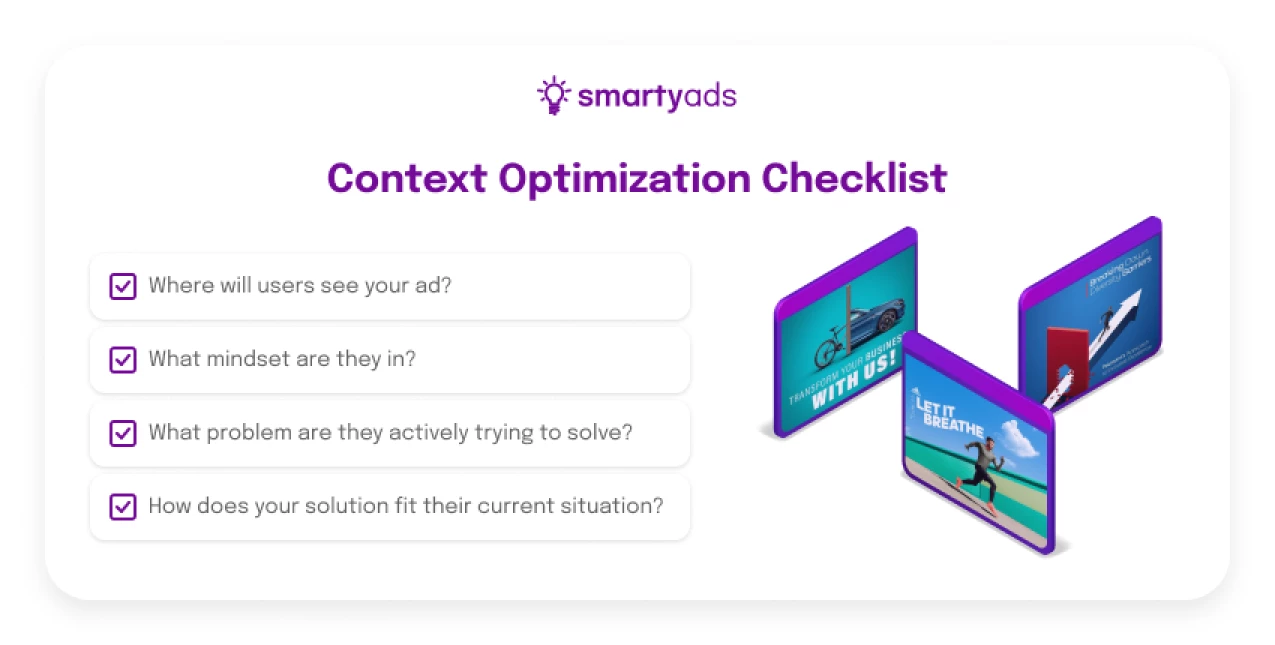
Not all visuals are created equal. For example we have advertiser with dating app ad that shows just a blurry, low-quality photo of a person with no context. There’s no story, no hint of who they are or what they enjoy — it feels flat, impersonal, and easy to ignore. Users might glance at it, but it doesn’t spark curiosity or connection.
Now imagine a dating app ad with a clear, high-quality photo. The person is smiling while cooking, hiking, or playing guitar. A few details about their hobbies or interests are included. Suddenly, you get a sense of who they are. You can picture connecting with them.
This works because it tells a story and shows personality. It’s not just a face on a screen. One ad is easy to forget. The other makes people stop, notice, and engage. That’s the difference between a wasted impression and a real connection.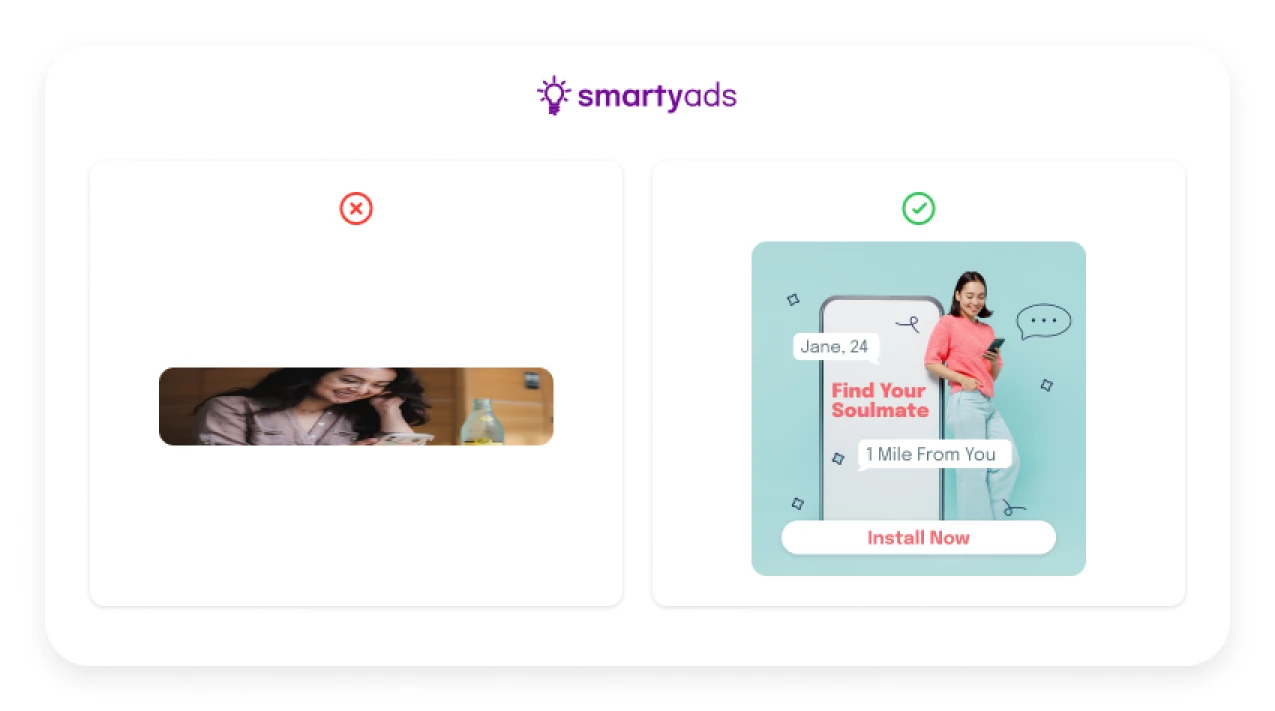
Pro Visual Strategy:
- Show your product in action
- Demonstrate how to use your product in real-life use cases
- Use dynamic features (video, carousel, interactive elements)
- Create connection, not just product display
9. Align Landing Pages with Ads
When your DSP campaign is perfect, but your landing page converts like a broken vending machine, you're still losing. Don't forget that campaign optimization and landing page optimization are joined at the hip.
Landing Page Audit Questions:
- Does the landing page message match the ad creative?
- Is the CTA above the fold?
- How many form fields are you asking for? (Hint: fewer is usually better)
- Does it load fast on mobile?
- Are you building trust with testimonials, certifications, or guarantees?
10. The Continuous Optimization Mindset
It would be cool if we could just launch the campaign and forget about it. Here's the uncomfortable truth: launching a campaign isn't the finish line—it's mile marker one in a marathon. The pros treat optimization like breathing—constant and essential.
The Pro Optimization Schedule:
Hours 1–24: Keep an eye out for any major issues or mistakes. Catching problems early saves headaches later.
Days 2–7: Dig into performance data. Pause any audience segments or creatives that aren’t working.
Week 2: Refresh your creative assets and expand the audiences that are performing well.
Week 3 and beyond: Scale what’s working and start testing new variations to keep improving results.
Key Metrics to Watch:
- CPA (Cost Per Acquisition): Shows how efficiently you’re getting customers.
- CTR (Click-Through Rate): Informs you if your ad actually grabs attention.
- ROAS (Return on Ad Spend): Measures whether your campaign is making money.
- Conversion Rate: Checks if your landing page is doing its job.
Bonus Pro Tip: The "So What?" Filter
Before any campaign goes live, run every element through the "So what?" filter. Your headline says "Quality Products"? So what—everyone claims that. Your ad shows a generic office building? So what—that tells me nothing about your unique value.
The Bottom Line
DSP campaigns aren’t rocket science. But they’re not finger painting either.
The difference between pros and amateurs isn’t fancy tools or huge budgets. It’s discipline. Attention to detail. And knowing how to learn from both wins and failures.
Remember the golden rule: every campaign teaches you something. The question is, are you actually paying attention? Now enough reading—go optimize some campaigns.
Ready to level up your DSP game? Start with tip #1 and monitor your next campaign like your job depends on it—because it probably does.
Also, try our SmartyAds DSP.
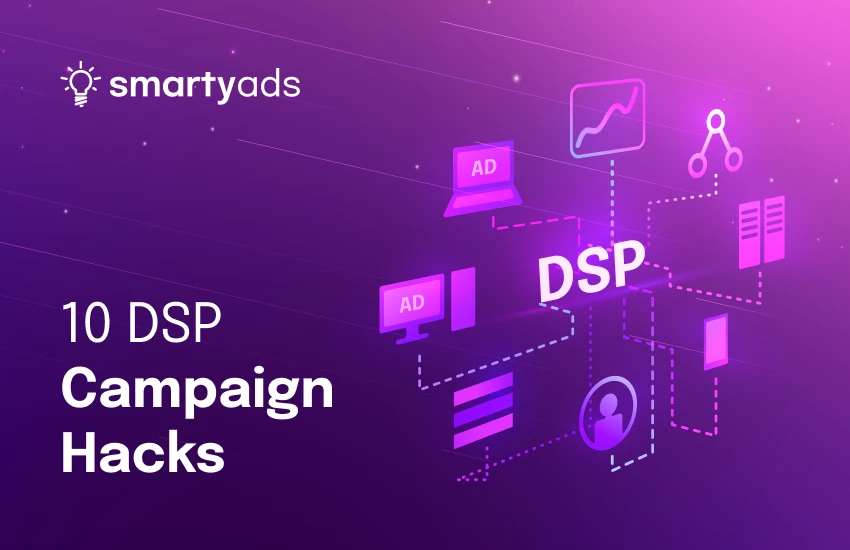
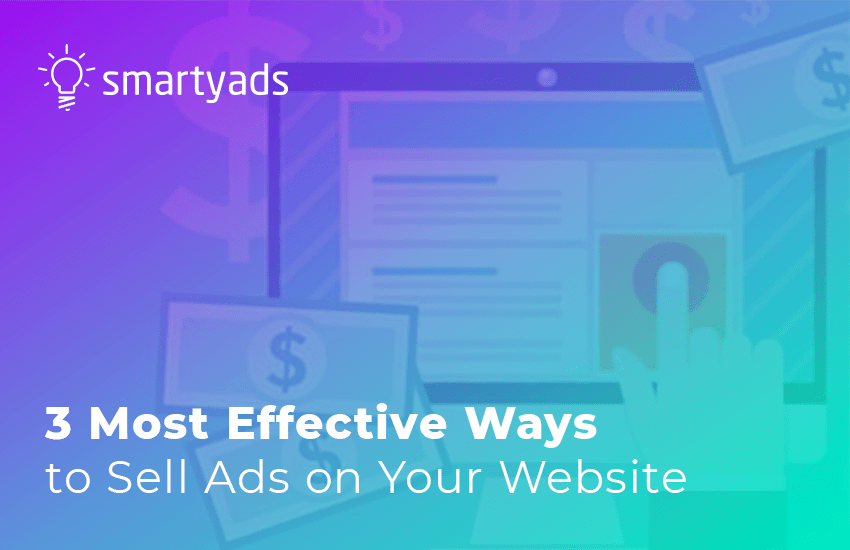
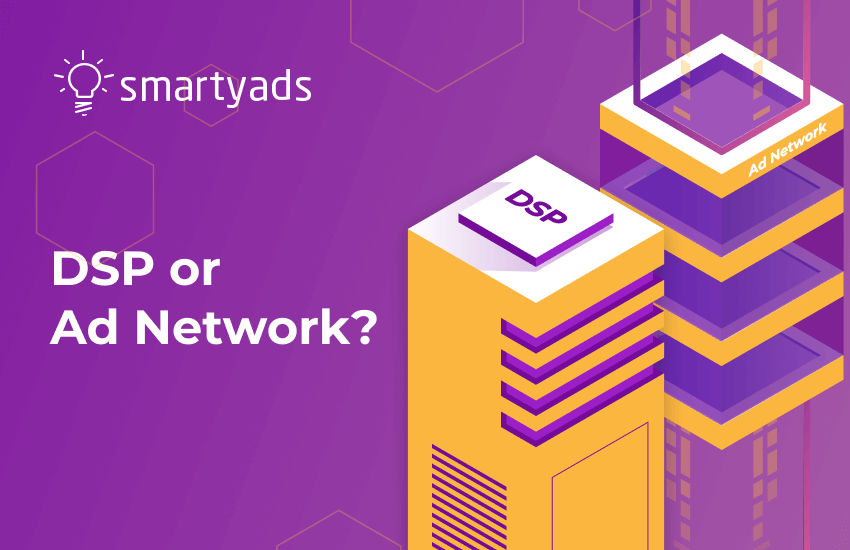
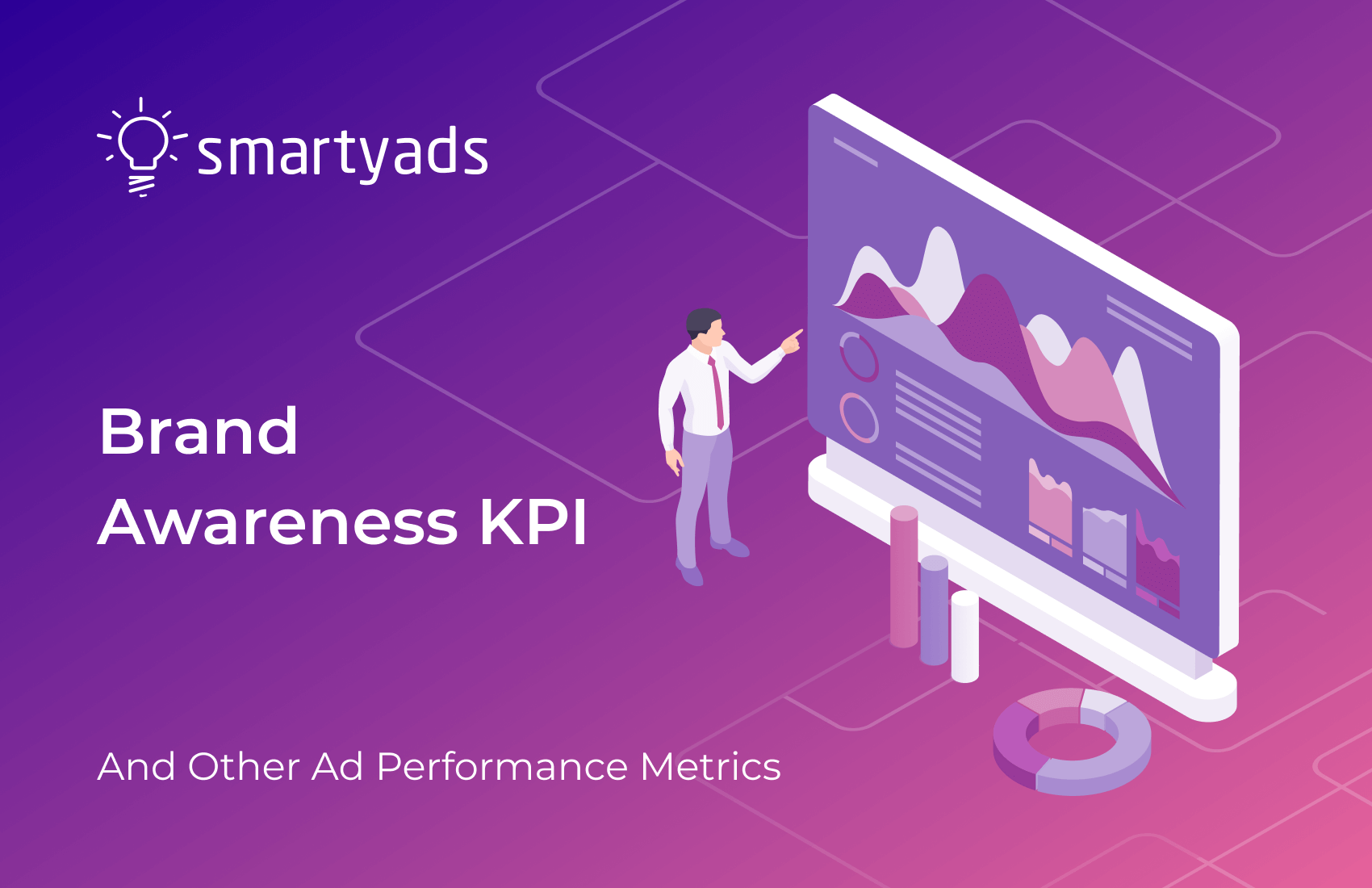
.webp)